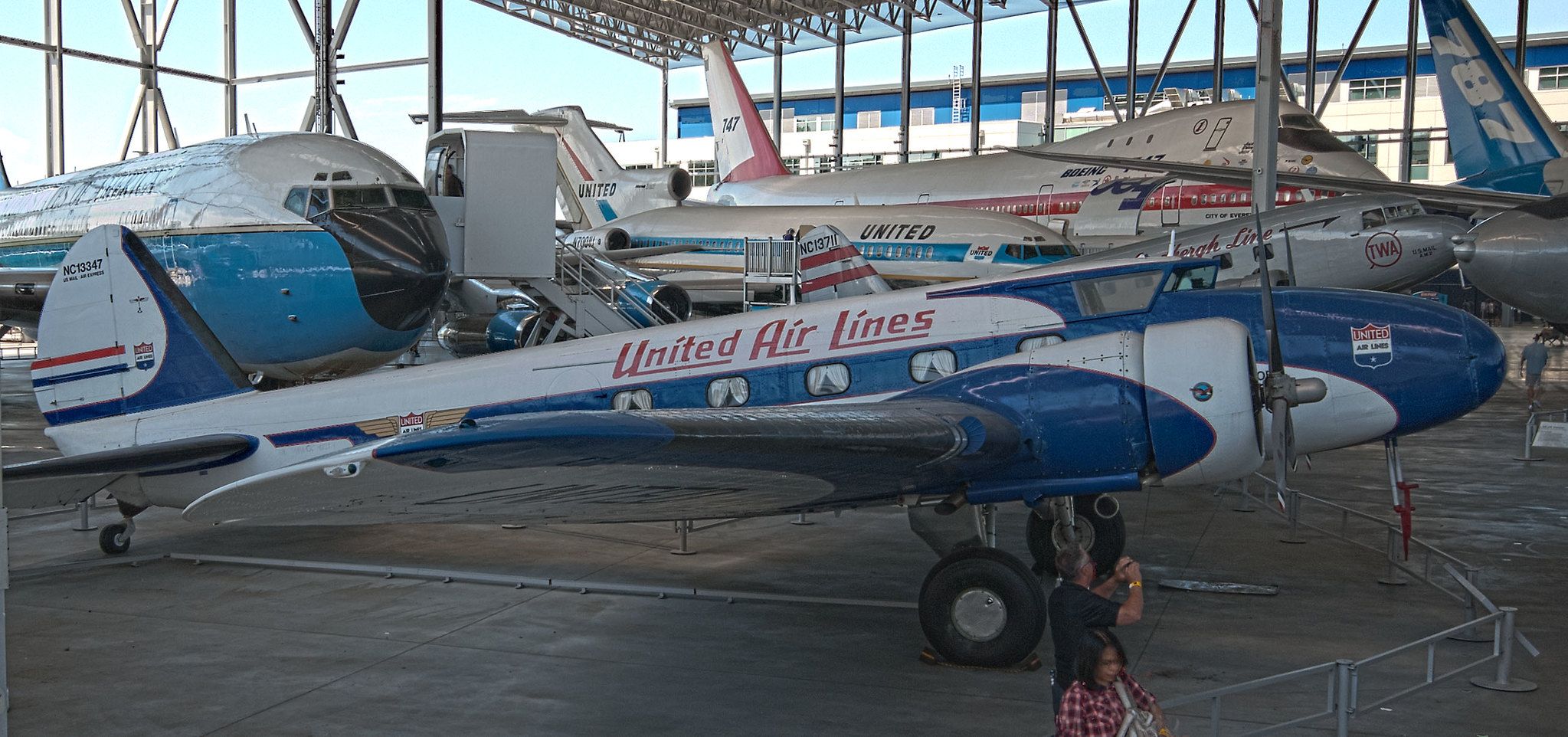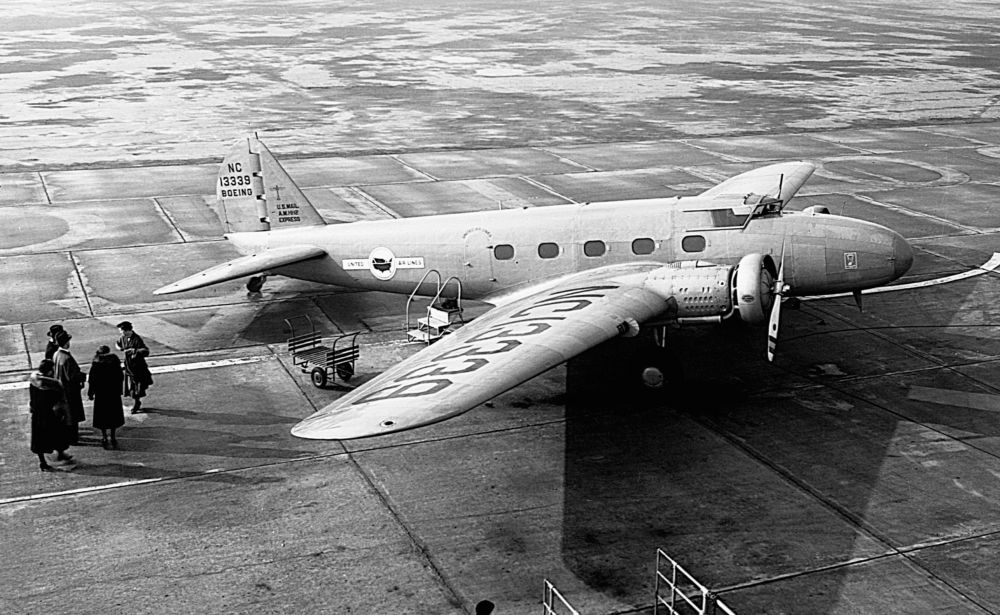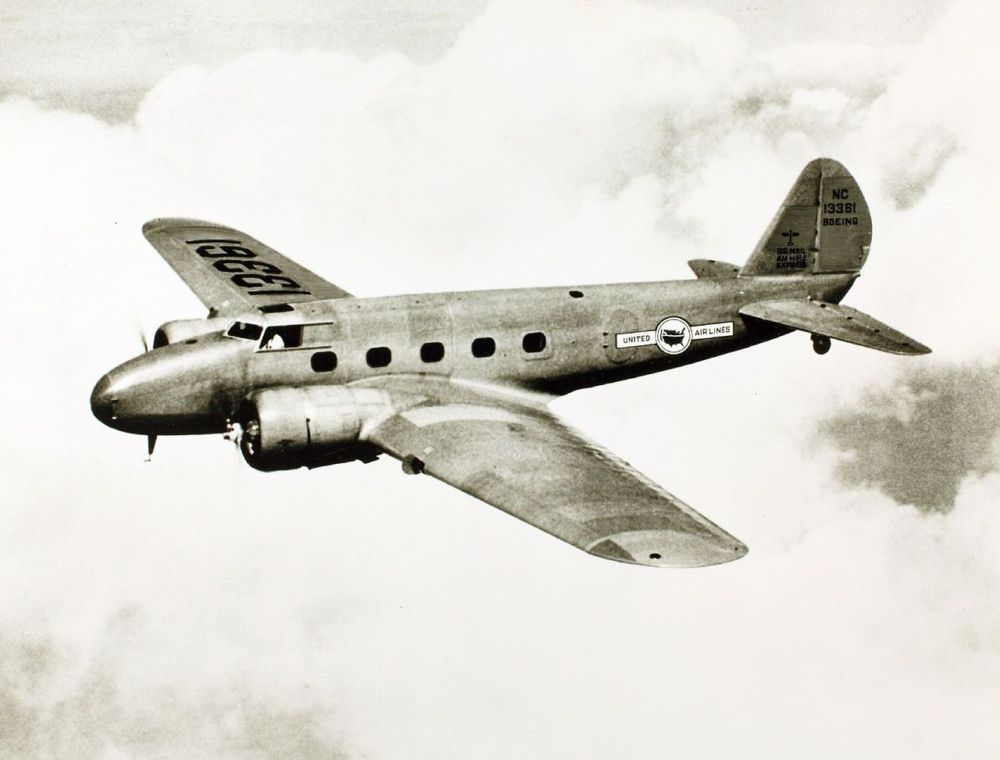Boeing has produced a wide range of iconic aircraft over the years. The pinnacle of these is arguably its double-decker 747 family, and is now looking forward with modern twin-engine designs such as the 777X and 787 'Dreamliner' series. However, it was also innovative in its early years, with one such product of this being the tail-dragging Boeing 247.
Between the wars
The Boeing 247 emerged in the interwar period, at a time when Boeing had been in existence for just under two decades. It first flew in February 1933, and entered service in May that year. 1933 also saw the aircraft exhibited as Boeing's showpiece at the 1933 Chicago World's Fair. The aircraft was fairly advanced for its time, drawing strong interest.
For example, the Boeing 247 was the world's first-ever aircraft to feature an all-metal semi-monocoque shell. Other features that it boasted that were unique at the time included retractable landing gear and cantilevered wings. Furthermore, the twin-engine design was also unique at the time in its ability to fly on just one engine if necessary.
This resulted in significant demand from US carriers. It sold the first examples with a unit price of $65,000, which is equivalent to $1,365,015 today. The first 60 were part of a bulk order by its own airline, Boeing Air Transport, worth $3.5 million ($73.5 million today).
Several different variants
Boeing produced several different variants of the 247. Having initially proposed the aircraft as the Model 280, the Model 247 proved to be the first production version from this innovative aircraft family. In 1934, Deutsche Luft Hansa specially requested a new variant with new 625 hp Pratt & Whitney Wasp engines. This was known as the 247A.
When it came to testing new features, Boeing did this on a version known as the 247E. These then came to life in the 247D, which was a one-off model produced for the MacRobertson Trophy Air Race from RAF Mildenhall to Melbourne in October 1934.
The Boeing 247 also saw limited military service. The US manufacturer produced two examples of an armed version of the 247 known as the 247Y. It exported one of these to China, while keeping the second itself for use in trials. When the Second World War came around, the USAAF drafted 27 247s into military service, designating them as C-73s.
Stay informed: Sign up for our daily and weekly aviation news digests.
Performance and specifications
Looking at the Boeing 247D, this version was made to seat 10 passengers with a three-person crew. It could also carry up to 181 kg of mail in its passenger-carrying configuration. The 247D was 15.72 meters long, and its wingspan clocked in at 22.58 meters wide. This resulted in a wing area of 77.68 square meters. In terms of height, the 247D was 3.7 meters tall.
In terms of the 247D's performance, it typically cruised at around 304 km/h (164 knots). Meanwhile, its maximum speed was 320 km/h (170 knots). The aircraft boasted a range of 1,199 km (647 NM), and a service ceiling of 25,400 feet. While not a huge seller (75 examples in total), the innovative 247 set a precedent for airliners of its time that changed little until the advent of pressurized, high-altitude aircraft such as Boeing's Model 307 'Stratoliner.'
What do you make of the Boeing 247? have you ever seen, or even flown on, one of these classic airliners? Let us know your thoughts and experiences in the comments!



